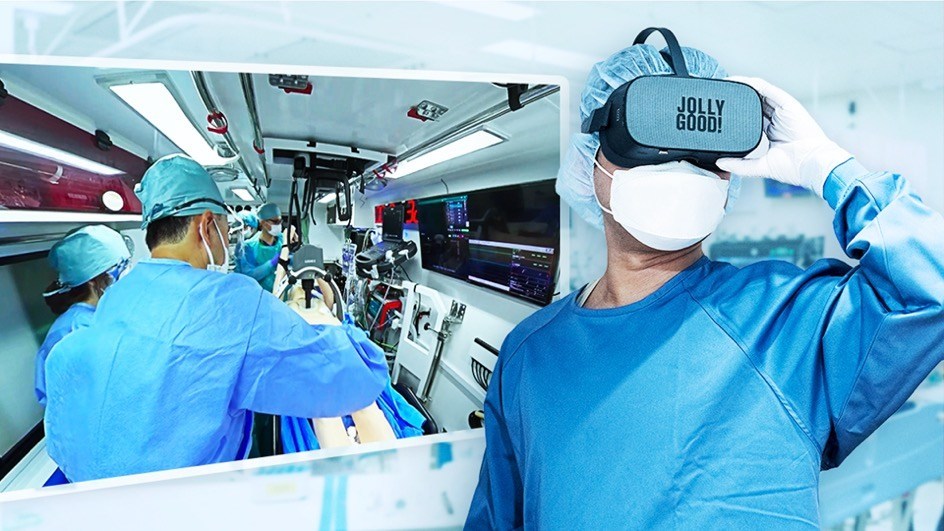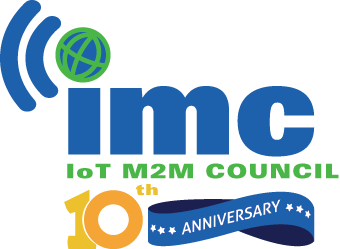Ambulance VR system to improve critical outcomes
- January 3, 2022
- William Payne

Japanese medical VR and AI company Jolly Good have developed a medical VR filming system for ambulances with physicians in collaboration with Nippon Medical School Hospital Emergency & Critical Care Medicine. The developer and the hospital are beginning tests of the usability of the new VR system in the field of critical care medicine.
The new VR system features a high-precision 360 degrees VR camera installed in ambulances equipped with, for example, extra-corporeal membrane oxygenation (ECMO), which is used in life support of patients whose whole cardiopulmonary system is in crisis, and has been widely adopted for care of acutely ill COVID-19 patients. The VR system allows ED, OR and ITU specialists at both originating and destination hospitals to observe the condition of patients and the treatment done while being transported, providing advice and guidance to onboard paramedics.
With this system, doctors and staff on standby in the destination hospital can also learn about the condition of transported patients ahead of time, optimising preparations for receiving patients, and ensuring appropriate medical treatment immediately on arrival of patients, potentially improving patient outcomes.
Tailored medical intervention in ambulances, and faster, optimised preparation for patient intake on the hospital side, are significant factors in the initial response for emergency patients where every minute, every second, is crucial. This is why Jolly Good seeks to develop and test this VR system, aiming to improve the life-saving rate for emergency patients.
Using this VR system, the treatment of various patients will be converted into VR video content and be used for medical education.
“Pre-hospital medical care using rapid response ambulances can be more difficult than in-hospital medical care. Strong teamwork and prompt information-sharing are essential to maximise the effectiveness of medical care in such limited spaces with few medical resources. Viewing 360° video from the hospital, medical leaders can gain a comprehensive overview of the medical team’s movements and can offer precise instructions. In addition, as information can be acquired at the same time as instructions are given, preparations can be made for a seamless transition to medical care in the hospital. Valuable experiences can also be shared by archiving these interactions. This revolutionary initiative will sure to lead to excellent outcomes in both the clinical and educational fields,” said Professor Shoji Yokobori, Director of Emergency & Critical Care Medicine, Nippon Medical School Hospital.





